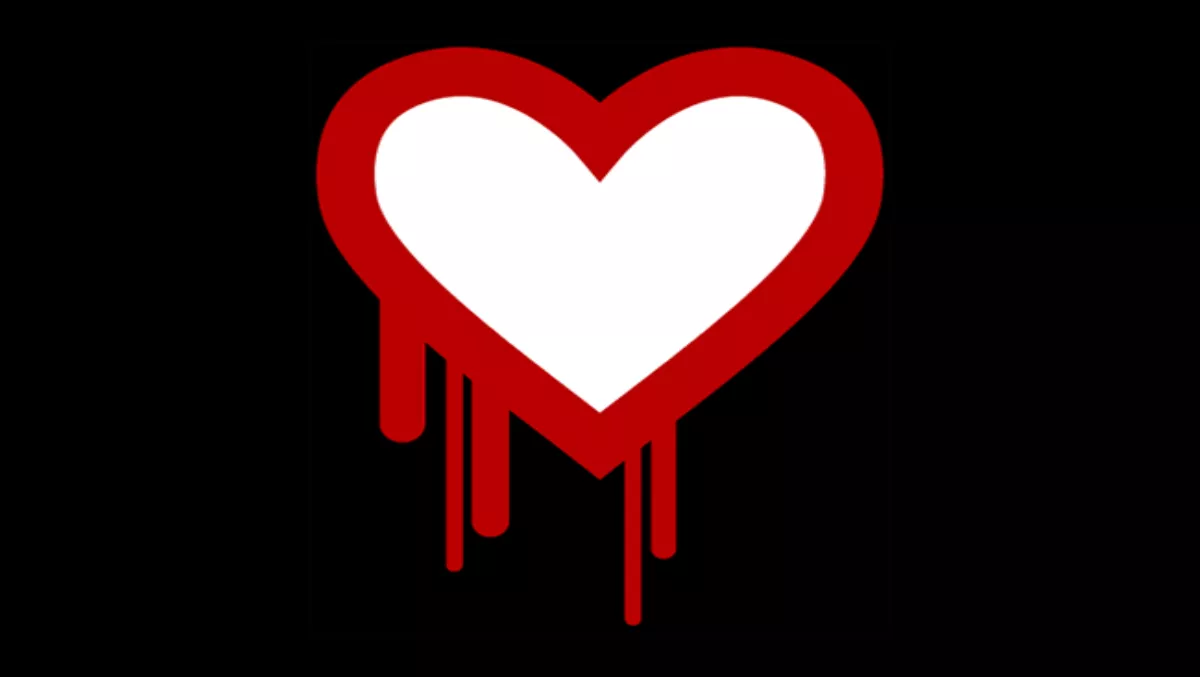
Heartbleed Bug - What you need to know…
A serious vulnerability in the popular OpenSSL cryptographic software library, if you haven’t heard of the Heartbleed Bug by now - welcome back to planet earth.
For the Heartbleed bug allows anyone on the Internet to read the memory of the systems protected by the vulnerable versions of the OpenSSL software.
As a result this compromises the secret keys used to identify the service providers and to encrypt the traffic, the names and passwords of the users and the actual content.
This allows attackers to eavesdrop on communications, steal data directly from the services and users and to impersonate services and users.
But as the world gets to grip with the Heartbleed bug, below is everything you need to know about staying safe online, straight from the horse’s mouth…
How to stop the leak?
As long as the vulnerable version of OpenSSL is in use it can be abused. Fixed OpenSSL has been released and now it has to be deployed.
Operating system vendors and distribution, appliance vendors, independent software vendors have to adopt the fix and notify their users.
Service providers and users have to install the fix as it becomes available for the operating systems, networked appliances and software they use.

Am I affected by the bug?
You are likely to be affected either directly or indirectly. OpenSSL is the most popular open source cryptographic library and TLS (transport layer security) implementation used to encrypt traffic on the Internet.
Your popular social site, your company's site, commerce site, hobby site, site you install software from or even sites run by your government might be using vulnerable OpenSSL.
Many of online services use TLS to both to identify themselves to you and to protect your privacy and transactions.
You might have networked appliances with logins secured by this buggy implementation of the TLS.
Furthermore you might have client side software on your computer that could expose the data from your computer if you connect to compromised services.
What is being leaked?
Encryption is used to protect secrets that may harm your privacy or security if they leak.
In order to coordinate recovery from this bug, security experts have classified the compromised secrets to four categories: 1) primary key material, 2) secondary key material and 3) protected content and 4) collateral.
What is leaked primary key material and how to recover?
These are the crown jewels, the encryption keys themselves. Leaked secret keys allows the attacker to decrypt any past and future traffic to the protected services and to impersonate the service at will.
Any protection given by the encryption and the signatures in the X.509 certificates can be bypassed.
Recovery from this leak requires patching the vulnerability, revocation of the compromised keys and reissuing and redistributing new keys.
Even doing all this will still leave any traffic intercepted by the attacker in the past still vulnerable to decryption. All this has to be done by the owners of the services.
What is leaked secondary key material and how to recover?
These are for example the user credentials (user names and passwords) used in the vulnerable services. Recovery from this leaks requires owners of the service first to restore trust to the service according to steps described above.
After this users can start changing their passwords and possible encryption keys according to the instructions from the owners of the services that have been compromised.
All session keys and session cookies should be invalidated and considered compromised.
What is leaked protected content and how to recover?
This is the actual content handled by the vulnerable services. It may be personal or financial details, private communication such as emails or instant messages, documents or anything seen worth protecting by encryption.
Only owners of the services will be able to estimate the likelihood what has been leaked and they should notify their users accordingly.
Most important thing is to restore trust to the primary and secondary key material as described above. Only this enables safe use of the compromised services in the future.
What is leaked collateral and how to recover?
Leaked collateral are other details that have been exposed to the attacker in the leaked memory content. These may contain technical details such as memory addresses and security measures such as canaries used to protect against overflow attacks.
These have only contemporary value and will lose their value to the attacker when OpenSSL has been upgraded to a fixed version.
How widespread is this?
Most notable software using OpenSSL are the open source web servers like Apache and nginx.
The combined market share of just those two out of the active sites on the Internet was over 66% according to Netcraft's April 2014 Web Server Survey.
For more information regarding the Heartbleed Bug, click here
This article was edited by James Henderson

